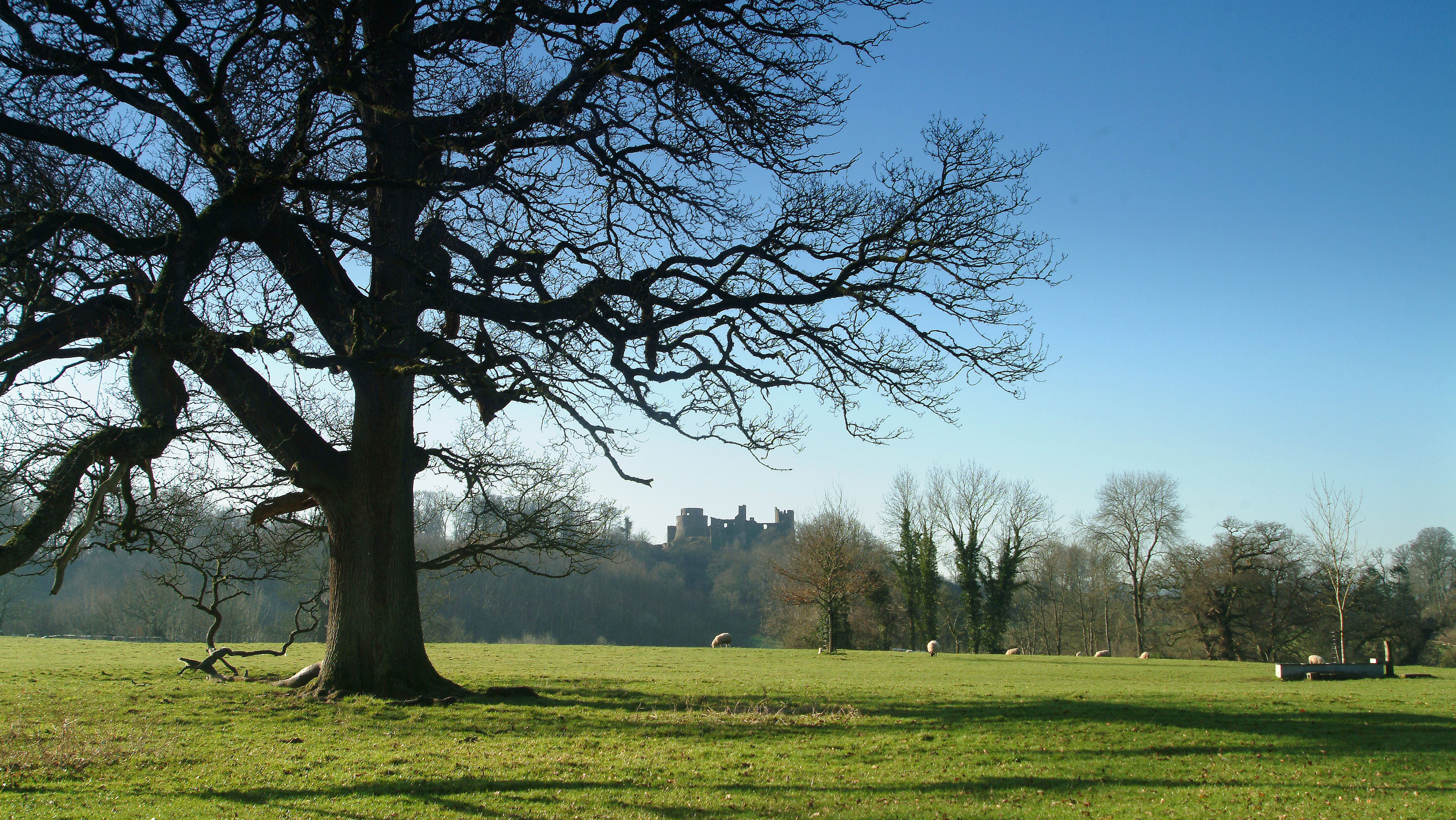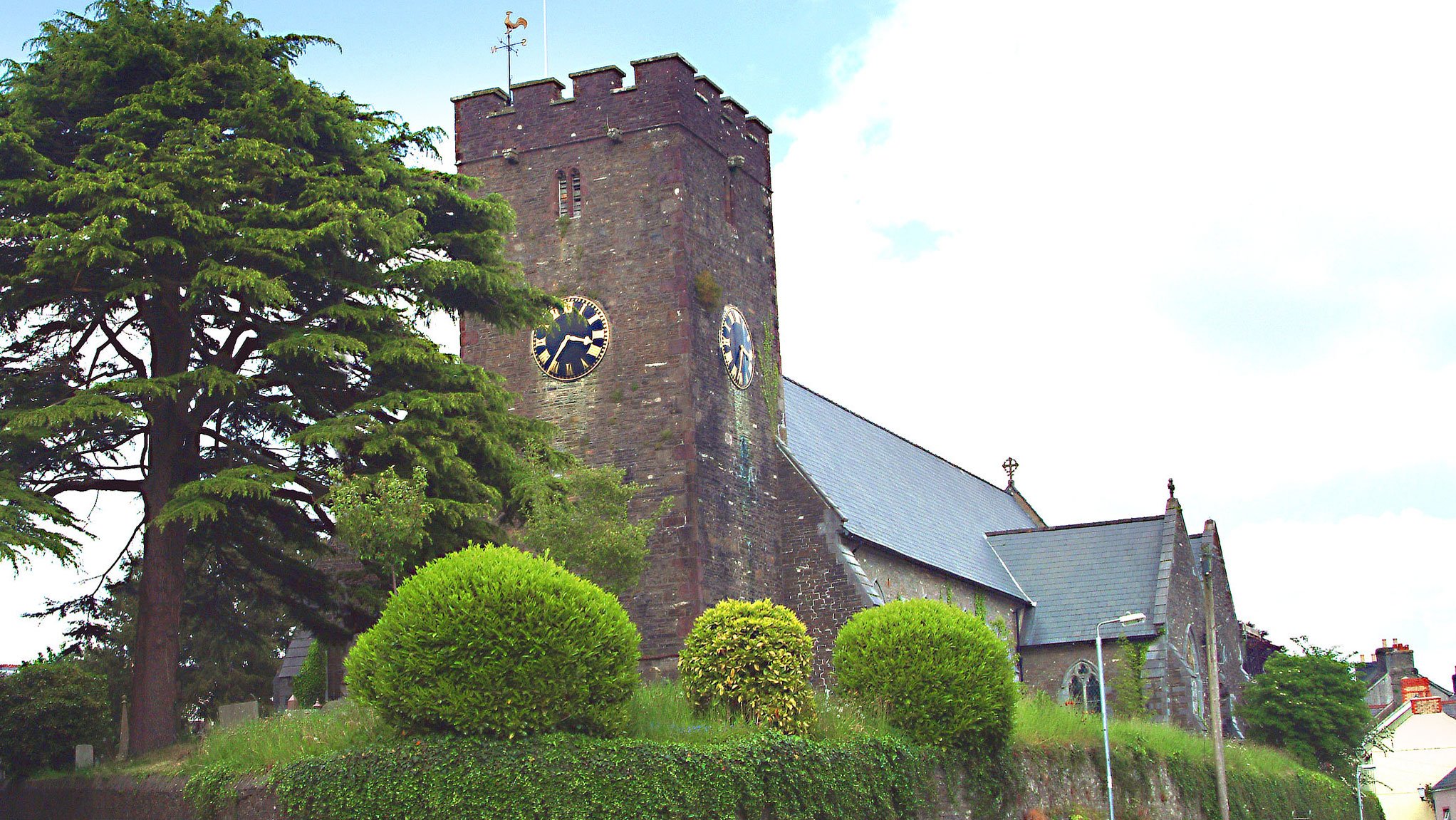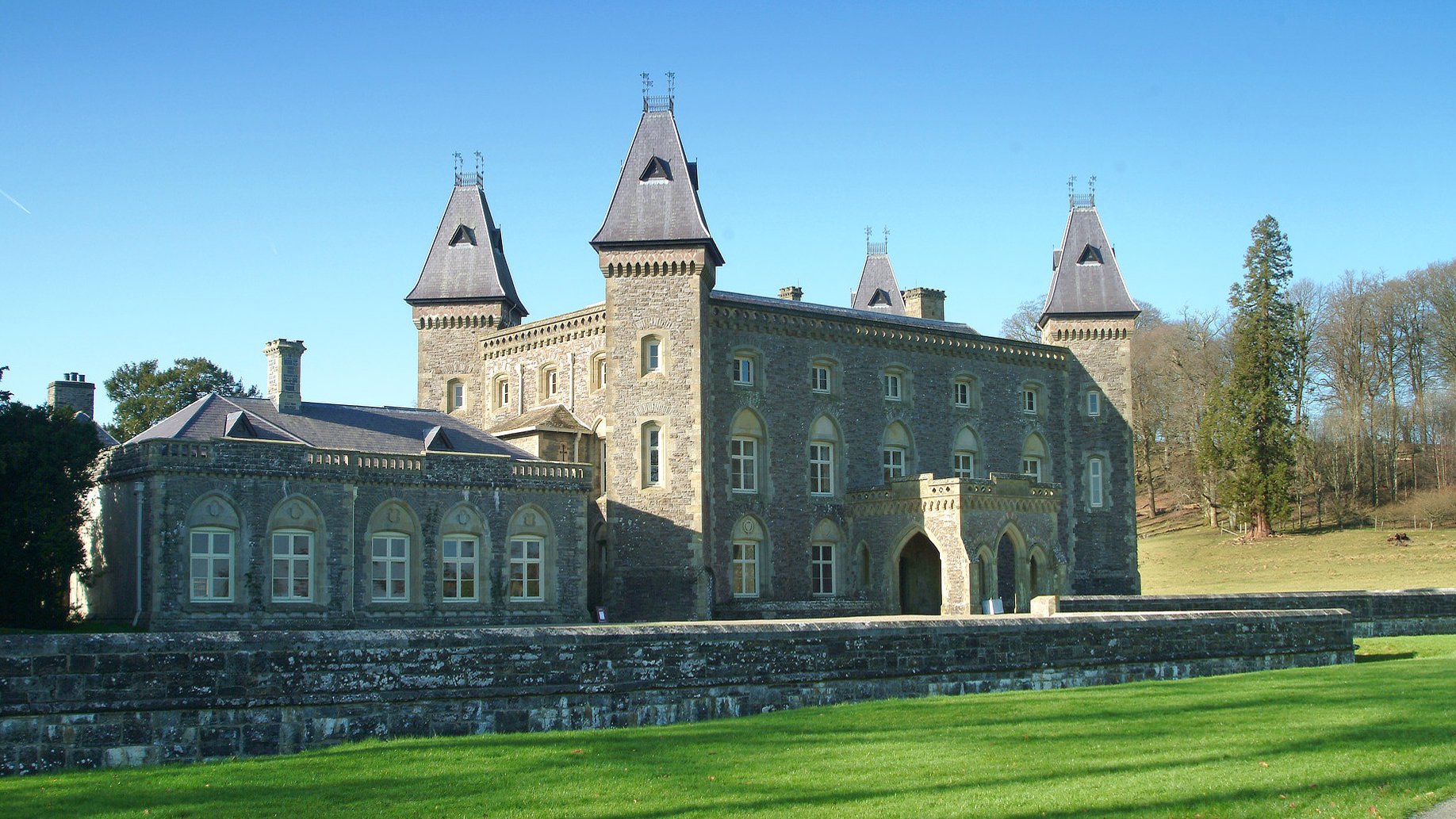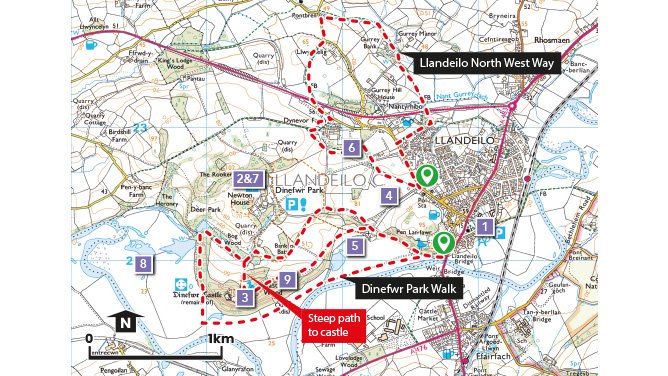Llandeilo - Full circular walk
Llandeilo and Dinefwr Park
This area has a fascinating history and has been associated with military, political, religious and commercial power for over 2000 years. The walks visit all the key sites in its long and dramatic story, which includes the histories of the three borough towns that once stood in this area - Llandeilo Fawr, Dinefwr (near Dinefwr Castle) and Newton (near the present Newton House).
There is evidence of a prehistoric Iron Age hillfort within Dinefwr Park, and during the 70s AD, the conquering Roman army established a military fort nearby. St Teilo’s church, which has given the town its name, stands on the site of a monastery and church said to have been founded by St Teilo himself during the 5th century AD. It was one of the most important ecclesiastical centres in Wales during the Dark Ages, and in medieval times was an important estate of the Bishop of St David’s, who held regular markets and fairs here.
Dinefwr became a centre of royal power associated with the princes of the influential kingdom of Deheubarth, whose most famous prince was Rhys ap Gruffudd, The Lord Rhys (d.1197), who stemmed the Norman conquest during his lifetime. The impressive ruins of Dinefwr Castle are open to the public, and the site of the town of Dinefwr lies buried within the surrounding woods.
The descendants of the princes rose to prominence during Tudor times. Sir Rhys ap Thomas built the first mansion at Newton on the site of the medieval borough town of the same name. He was one of the leading supporters of Henry Tudor and fought by his side at Bosworth. His descendants became the Lords of Dynevor, one of the great landed families of south Wales, with their seat at Newton House. The house and its beautiful parkland landscape are now owned by the National Trust.
Why Walk?
A scenic walk through town and country. Highlights include St. Teilo's church, Dinefwr castle and Newton House. In May, enjoy the spectacle of Castle Woods in a carpet of Bluebells.
How Long?
The many paths within the estate allow for long, medium or short walks.
How Hard?
The outer circular walk within Dinefwr Parkland is approx. 6km long over mixed terrain. Most of the paths within the park are of a reasonable gradient, many of which are surfaced and ideal for the less able walker, or those wanting a gentle stroll. Steep sections are few and can often be avoided. The northern route is mostly unsurfaced paths through fields.
Starting point / Car Park - Llandeilo Town Centre or NT Dinefwr Park & Castle
Parking for the disabled is provided close to the castle, Newton House and the deer park.
Public Transport - ✔
Refreshments - ✔
Video of the Full circular walk in Llandeilo

Dinefwr Park & Castle
Points of Interest
1. St Teilo’s church, which has given the town its name, stands on the site of a monastery and church said to have been founded by St Teilo in the 5th century. In medieval times Dinefwr was an important estate of the Bishop of St David’s, regular markets and fairs were held in King St. The large churchyard of St Teilo’s parish church was split in half by road improvements in the 1850s.
2. Newton House dates back to1660 but was altered considerably during the 18th and 19th centuries. The grounds surrounding the house were landscaped by Capability Brown. During Tudor times Sir Rhys ap Thomas, one of the leading supporters of Henry Tudor, built the first mansion at Newton on the site of the medieval borough town. His descendants became the Lords of Dinefwr, one of the great landed families of south Wales. Newton House and its beautiful parkland is owned by the National Trust and like the impressive ruins of Dinefwr Castle is open to the public.
3. Dinefwr Castle became a centre of royal power for the princes of the kingdom of Deheubarth, whose most famous prince was Rhys ap Gruffudd who stemmed the Norman conquest, the castle was a stronghold of the princes of Deheubarth until their defeat in the late 13th century. The Rice family of Newton House, descendants of the princes, used the castle as a romantic ruin and added a summerhouse to the top of the circular keep.
4. There is evidence of a prehistoric Iron Age hillfort within Dinefwr Park, and the conquering Roman army established a military fort. Two Roman Forts, one overlying the other, were discovered here in 2003 and excavated by archaeologists
5. Llandyfeisant church stopped being used as a church in 1961. Once the family place of worship for the Lords of Dinefwr, it was entirely rebuilt in the 19th century, replacing a medieval church. It is believed to have been built on the foundations of a Roman temple.
6. Dinefwr Home Farm was the main estate farm. Its large walled garden would have supplied fresh vegetables and fruit to Newton House.
7. Fallow deer and the ancient breed of White Park cattle can be viewed from the grounds of Newton House or from parkland paths.
8. The flood meadows of the Tywi valley are a good place to spot a variety of woodland and wetland birds.
9. Castle Wood is a nature reserve owned and managed by The West Wales Wildlife Trust. A beautiful example of ancient woodland, a scarce habitat, and home to a wide variety of plant and animal life. The site of the old town of Dinefwr now lies buried within the surrounding woodlands.

St. Teilo's church

Newton House
